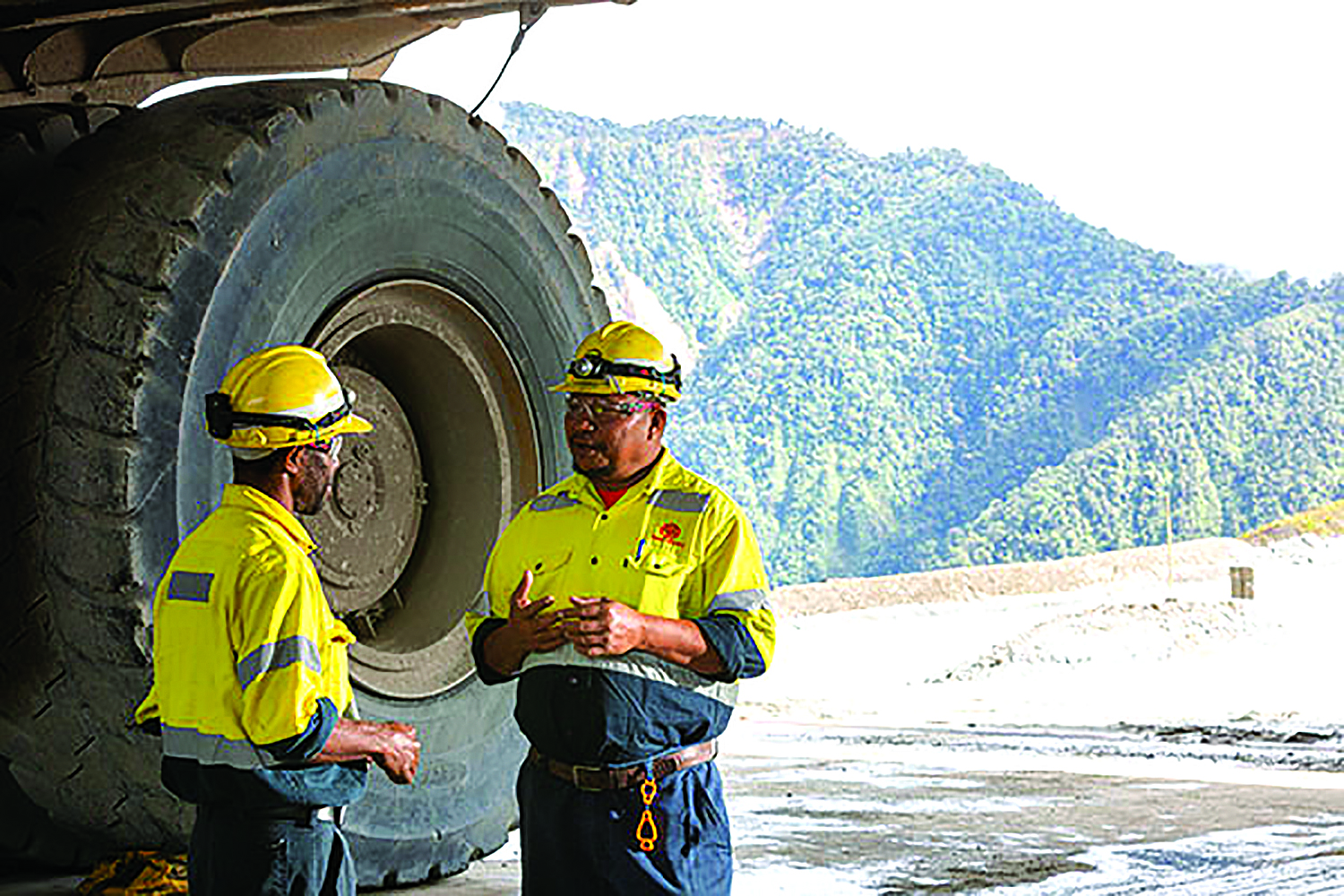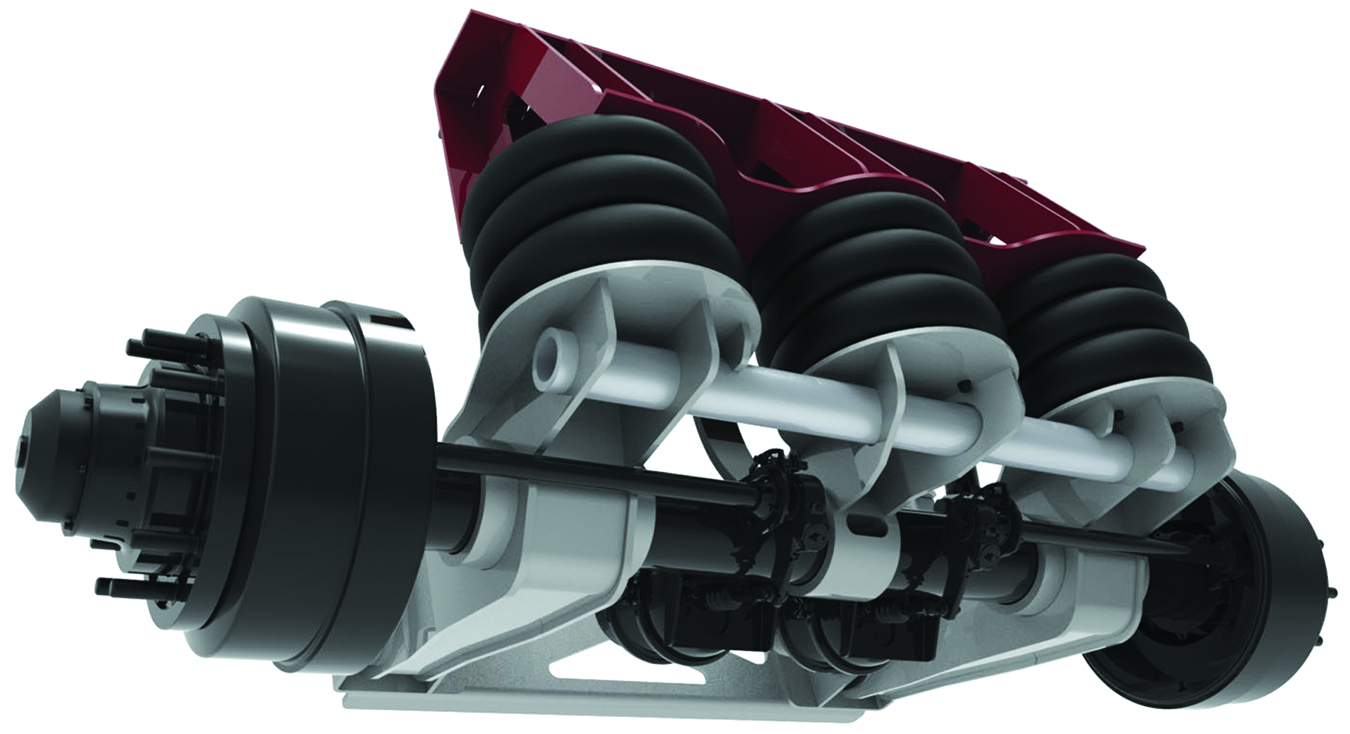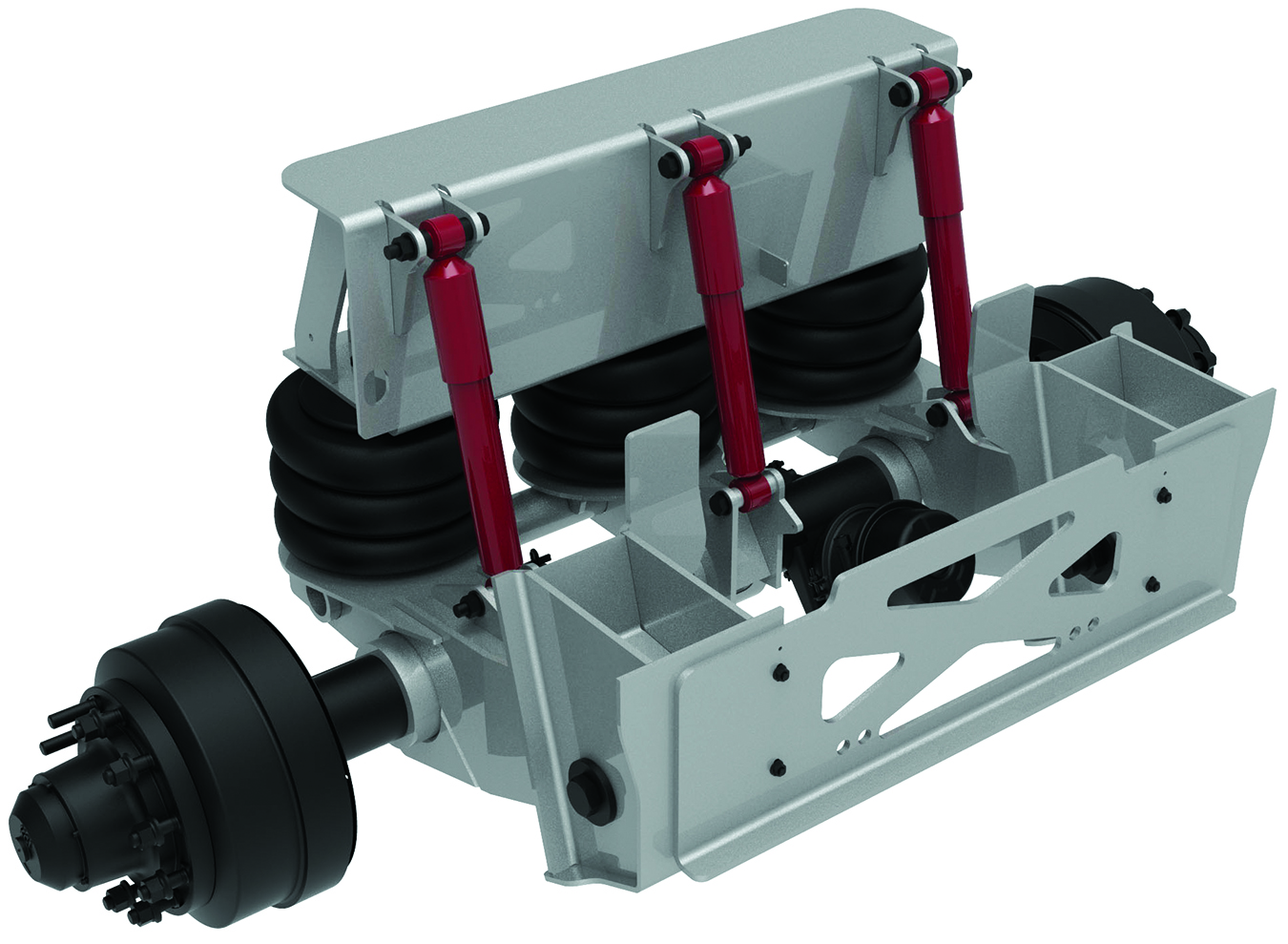
Papua New Guinea’s Ok Tedi mine implements Immersive Technologies’ Operator Performance Analytics program to improve safety and encourage machine care among its operators.
Ok Tedi Mining Ltd. operates the longest-running open-pit copper, gold and silver mine in Papua New Guinea. From the start of operations in 1984 to the end of 2018, Ok Tedi produced 4.83 million metric tons (mt) of copper, 14.8 million ounces (oz) of gold and 32.7 million oz of silver. Safety and environment are high on the list of company priorities, and there is ongoing management focus on operator safety. A recent announcement from mining equipment simulation-system provider Immersive Technologies reported that as part of that commitment, the mining company has established a fully integrated Immersive Technologies Operator Performance Analytics (OPA) system. The mine is using this workforce optimization technology to drive improvements in workforce development.
Immersive described OPA as a business improvement service providing site stakeholders with accurate, timely intelligence on operator performance variability and training needs analysis. The service is structured to deliver immediate analysis across multiple data systems, and critical information is presented in a dashboard format tailored to stakeholder needs.
Following years of ontinuous improvement projects and Managed Services by Immersive, OK Tedi opted to establish the OPA installation on-site with the dual goals of improving safety and machine care among its operators. Immersive said that by using the OPA electronic operator scorecard, the customer was able to drill down to individual operator performance indicators, which can be used to see how an operator compares with peers or is trending over time. Ranking of all operators additionally provided an opportunity to motivate personal ownership of safety statistics and performance, while giving management an effective tool to identify training needs to improve overall mine site productivity.
OPA data, according to Immersive, can also be filtered to show machine errors, performance on different machines, performance over time and training history in order to locate the root cause of a performance trend. The customer analyzed an initial dataset containing six months of field-based machine operational data along with simulator data and used the results to identify outlier operators in terms of risk rating or performance against key metrics (such as spot time, average speed loaded and average tons per km/h).
With multiple operational data sources integrated within OPA, Immersive said OK Tedi easily identified an elevated incidence of “high-peak frame bias” events and was able to prioritize simulator training for operators contributing the highest error counts. Once underperforming operator groups or individuals are identified, these can be selected and assigned to a training needs analysis report. Simulator training can then be conducted and training data is automatically sent to OPA without manual intervention. Typical training scenarios for errors could require operators to navigate loaded trucks over rough road conditions or involve loading and dumping using correct procedures. In turn, this can be used for assessment of training retention and impact.
“Operator Performance Analytics has enabled quicker analysis of mine operator performance to identify trends or patterns to mitigate risk relating to equipment reliability and operator productivity metrics. We now have a reliable operator data platform that gives real comprehensive data view to approach our operators and discuss training development needs or for reward and recognition for the outstanding performance based on both risk and productivity criteria,” said Masket Siune, superintendent, mine business improvement and training at OK Tedi.
“At OK Tedi, analysis that previously took days or weeks now take minutes, integrating disparate data systems with simulator generated data provides a single, powerful platform for workforce development planning,” said Alex Da Silva, global professional services manager at Immersive Technologies.
Immersive said OK Tedi plans to extend the use of OPA to additional machines types to further support its operations.
 New Trailer Suspension Gives ‘Big Iron’ Smoother Ride
New Trailer Suspension Gives ‘Big Iron’ Smoother Ride
Moving large mining equipment such as bulldozers, loaders, graders and even bigger units that can be broken down into highway-transportable components can be an expensive process. Combine the loss of production while equipment is out of service with the costs of transportation and the result can be a delicate dance between expense, machine and worker safety, speed and in some cases, availability. The appropriate lowboy trailer for a specific type and weight of a mining machine might not be readily obtainable. Use of the wrong trailer or one with a suspension not capable of coping with super-heavy loads can result in sudden calamity or delayed damage from undetected stress during transport.

Link says its new TR50-HDT trailer suspension will give trailer OEMs the ability to achieve higher load capacities while maintaining superior ride characteristics.
Link Manufacturing, a leader in specialty engineered suspensions, presented a new suspension design at the recent CONEXPO-CON/AGG trade show that could make future heavy-equipment transport less dicey. The company introduced its TR50-HDT heavy-duty off-highway air-ride suspension at the show, mounting three of the 50K suspensions in a tri-axle configuration on a 100-ton-capacity mining trailer for display.
According to Link, until now heavy-haul, off-highway trailer manufacturers had few choices when it came to suspensions. They could outfit a trailer with a tri-axle walking-beam suspension, possibly exposing the trailer and its cargo to jounce, rebound and other significant dynamic stresses when encountering uneven terrain. To improve ride quality, manufacturers could also choose lower-capacity air-ride suspensions, but in the quad configuration required to bear heavier loads, these imposed their own stress-inducing forces associated with wheel drag or scrubbing.
With the introduction of the TR50-HDT heavy-duty off-highway air-ride suspension, Link claims trailer manufacturers now have a more effective and efficient way to equip their heavy-haul trailers for severe-duty environments. The TR50-HDT, in its tri-axle configuration, gives trailer OEMs the ability to achieve the higher load capacities they seek, while maintaining the superior ride characteristics of an air-ride suspension, without the added weight and scrubbing issues associated with a quad.
“The TR50-HDT was engineered specifically for off-highway and mining trailer applications and was designed to reduce axle and trailer stress, overall weight and maintenance costs,” said Greg Hulstein, director of engineering for Link.
The company said the TR50-HDT offers trailer OEMs the highest capacity and range of articulation available in any air suspension. Designed for a standard 17-in. (43-cm) ride height with +/- 4 in. of travel, the suspension is also available in other ride heights upon request. The TR50-HDT’s maximum axle spread is 60 in. (1.5 m) at its 50 K capacity, and it can operate at up to 40 mph (65 kmph) even over rugged terrain, according to
the company.
Each TR50-HDT features three high-capacity air springs, plus heavy-duty ride shocks. The shocks help mitigate the dynamic forces that can damage trailers, axles and wheel ends, and the system is flexibly designed to allow additional shocks to be added if desired.
Link said the TR50-HDT can be configured to fit the majority of heavy-haul trailers with 17-in. ride height, and further customization is available. Two-axle A train, three-axle B train and super B train axle configurations can all be accommodated by the TR50-HDT.
Each TR50-HDT is fully integrated with a 6-in. solid round KGI axle. The 92.8-in.-axle track utilizes 14R 25-in. wheel ends and 18-in. drum brakes.




